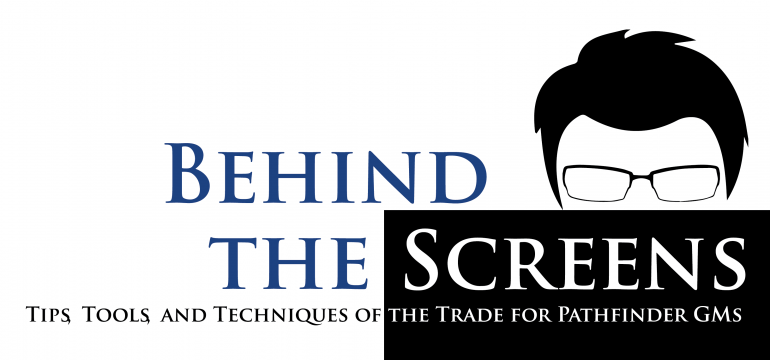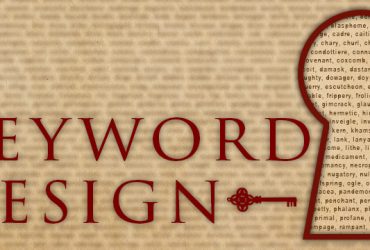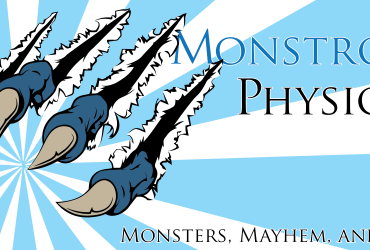There will always be new material, new options, systems. This is a constant and unchanging principle of game publishing. There will always be new things for players and GMs to sink their teeth into because players and GMs are always looking for new things to try.
Tautological statements aside, it’s an established parttern that as a game system grows, so too does the amount of supplementary material available. At what point is that considered bloat? And at what point does it become too much? When do new rules start to feel like options for the sake of options? Are new rules always the best rules? After what point is a system too bloated?
First, however, we should acknowledge the necessity of regular content releases. RPG companies rely on the sales of their products to keep the lights on, to pay their employees, and to continue to create. But RPG products aren’t consumable goods. Most people who buy a Core Rule Book will never need to buy another one. Likewise, a single group will never need more one Adventure Path or Adventure Modules. Eventually, sales of of the most current product will have saturated its audience. Once the sales stop the lights go out.
But it goes the other way too. If an RPG company releases too many different products or releases product too quickly, they will surpass their audience’s ability to consume it. Sales of the excess products drops off and it becomes too expensive to produce. The net result is the same. No sales, no lights.
So I’ve always found it so very odd that players tend to get ruffled about both sides of the spectrum. It’s either complaints that there’s not enough new material or complaints that there’s too much. There’s no pleasing everyone but in the case of content, financial responsibility (i.e. the drive to keep the lights on) is certainly a factor to be considered.
From a player’s perspective, new rules fall into two groups. Rules-for-you and rules-not-for-you. Seems simple enough. Self-explanatory even. The rules-for-you are things like options for characters you have or factions you belong to. Rules-not-for-you are literally everything else. It amazes me how often people tend to equate the latter set of rules with “garbage or trash”. But that’s a different discussion. Ultimately, the release of rules-not-for-you shouldn’t affect players at all.
GM’s, by necessity, have more rules to juggle than players and ergo I think have more of a leg to stand on when it comes to the bloat discussion. New material means new stuff for a GM to absorb. New rules need to be internalized if the GM has any hopes of running a smooth game without the disruptions caused by constantly looking up one rule or another. In homebrews, GMs can of course opt not to include new rules in their games. But it’s a trickier proposition if their group runs through an Adventure Path that has an integrated sub-system.
I suppose it’s that I have trouble seeing a wealth of rules and options as a bad thing. So long as GM’s trust their players not to abuse permissive loop holes and remain comfortable with the amount of material within their games, everything’s good. I certainly can’t fault a game company for continuing to produce product to stay in business. Nor do I expect GMs to adopt rules or options that they can’t handle. Ultimately, the “problem” of bloat is self-correcting. If there’s too much material out there, GMs and player will stop buying, and companies will adjust their output to match or produce material that their audience is interested in.
That’s it for this week’s ramblings. If you’ve had issues with rules bloat, I’d love to hear about it in the comments section below!






